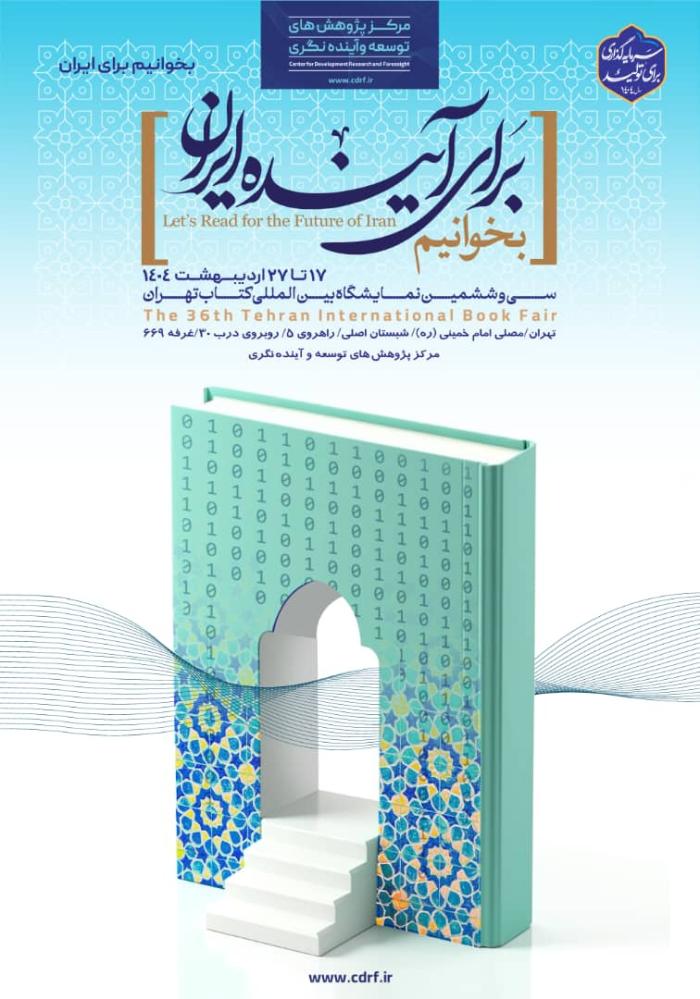

-
بررسی آییننامهها و دستورالعملهای برنامه هفتم پیشرفت
-
بررسی عوامل موثر بر افزایش تصادفات و تلفات جادهای و سوانح رانندگی و دادهکاوی تلفات انسانی
-
سازماندهی و بازآرایی فضایی آموزش عالی کشور
-
به روز رسانی سند ملی آمایش سرزمین
-
انجام مطالعات مناطق آزاد به عنوان نواحی پیشران اقتصادی کشور
-
اصلاح ساختار بودجه و پیاده سازی نظام یکپارچه مدیریت اطلاعات مالی دولت (IFMIS)

In the contemporary global landscape, the evolution of planning systems has instigated a widespread transition towards decentralization and regional planning, predicated on the unique capabilities and advantages inherent to each region. This necessitates the execution of regional analyses employing a diverse array of methodologies. The input-output model has emerged as a prevalent method in regional planning. As one of the most sophisticated techniques in economic accounting, the regional input-output model elucidates the pattern of interaction among economic activities within or across various regions.
This study has pioneered the development of a two-regional input-output model table for Iran’s 31 provinces, drawing upon the national input-output table of 2014, compiled by the Statistical Center of Iran. The input-output table projected for each province encompasses 72*72 economic activities. This marks the inaugural instance in Iran where these tables have been estimated for all provinces utilizing a uniform research methodology, thereby facilitating extensive comparative analysis.
A salient feature of the regional input-output table employed in this study is embodied in the matrix of exports and imports transpiring between provinces within the country. Given the pivotal role of interregional trade, excluding imports and exports between regions would inhibit the determination of spillover and feedback effects emanating from each region’s economic sectors on the national economy. Consequently, this study undertakes an estimation of a two-regional input-output model to augment comprehension of the economic structure inherent to each province.
Utilizing these tables, pivotal sectors in each province exerting substantial effects on both their own and other provinces’ economies have been discerned. Each effect has been computed based on backward linkages (employing Leontief’s demand-oriented model) and forward linkages (utilizing Ghosh’s supply-oriented model). Subsequently, through the application of the hypothetical extraction method, the relative importance of each sector vis-à-vis other sectors has been ascertained for each province. Comparative analysis facilitates the identification of key activities. The results procured for each province reveal that key economic activity does not necessarily correlate with the activity generating maximum added value, given that the input-output model takes into account linkages between each activity and other activities. Hence, an exogenous shock’s impact on activities possessing robust links with other sectors exerts a more pronounced effect on the economy of a region or country.
In conclusion, it is imperative to note that this study solely identified key sectors from an economic production standpoint. However, from an economic development perspective, it is indubitable that this subject warrants evaluation from other facets of sustainable regional development such as employment generation, pollution emitted by each economic sector in each region, energy and water use, among others.



